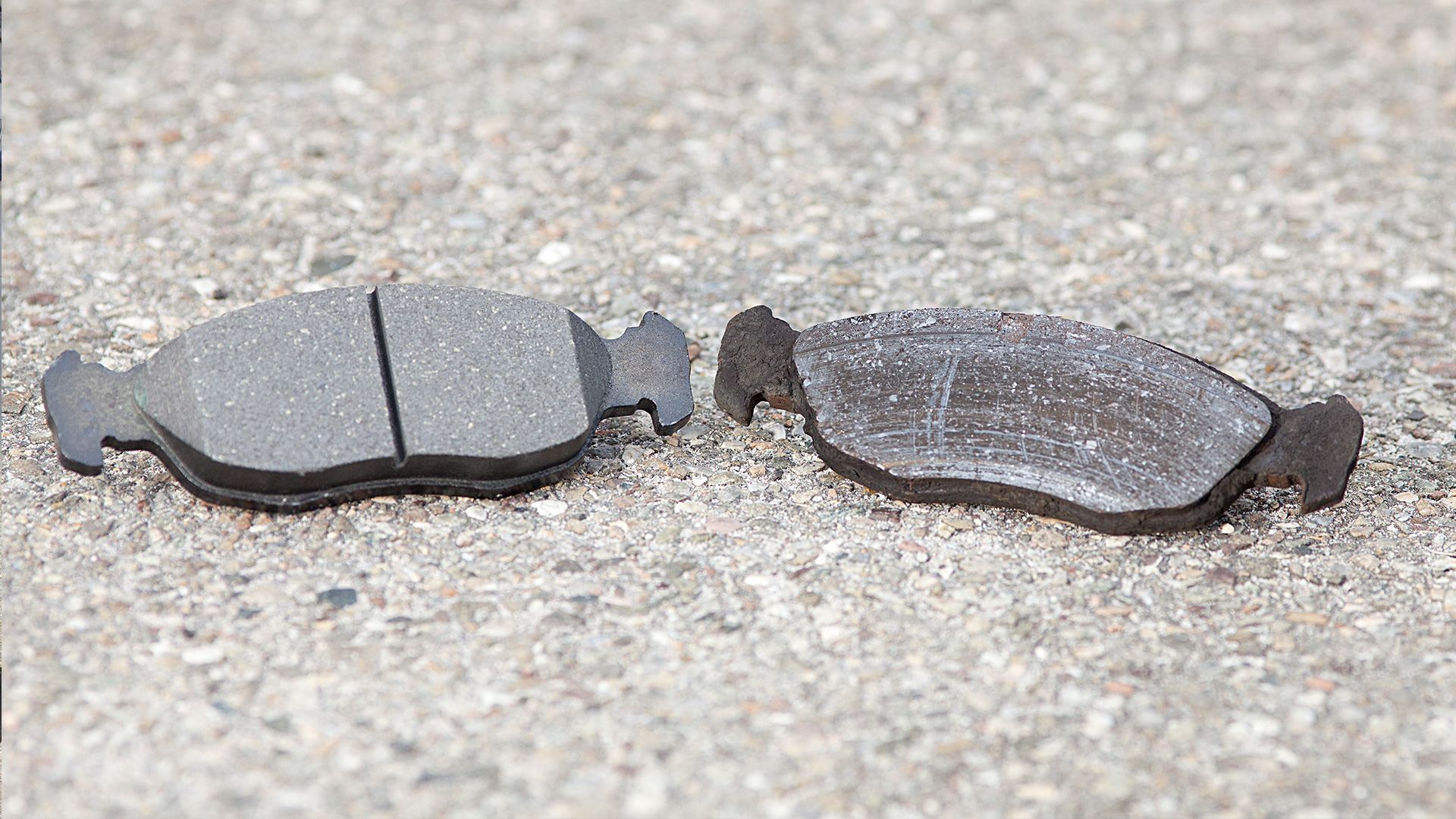Mercedes-Benz G55 AMG Spark Plugs Replacement Costs
Our mobile mechanics bring the shop to you 7 days a week.
Get a quote today for your Mercedes-Benz G55 AMG

Find Your Cost
Mercedes-Benz G55 AMG Spark Plugs Replacement Costs
AutoNation Mobile Service offers upfront and competitive pricing. The average cost for Mercedes-Benz G55 AMG Spark Plugs Replacement is $439. Drop it off at our shop and pick it up a few hours later, or save time and have our Delivery mechanics come to you.
Car
Location
Price

2006 Mercedes-Benz G55 AMG
5.5L V8 Supercharged Base •
152,000 miles
,
CA 94306
$383 -
$468

2011 Mercedes-Benz G55 AMG
5.5L V8 Supercharged Base •
82,000 miles
,
CA 92678
$383 -
$468

2006 Mercedes-Benz G55 AMG
5.5L V8 Supercharged Base •
126,000 miles
,
NV 89146
$387 -
$473

2010 Mercedes-Benz G55 AMG
5.5L V8 Supercharged Base •
15,000 miles
,
CA 92029
$428 -
$523

2007 Mercedes-Benz G55 AMG
5.5L V8 Supercharged Base •
159,000 miles
,
CA 91752
$396 -
$484
Why AutoNation Mobile Service?
We perform over 600 repair and maintenance services including oil changes, brakes, diagnostics, belts and hoses, and more. The best part? We come to you with all the necessary tools and parts.






